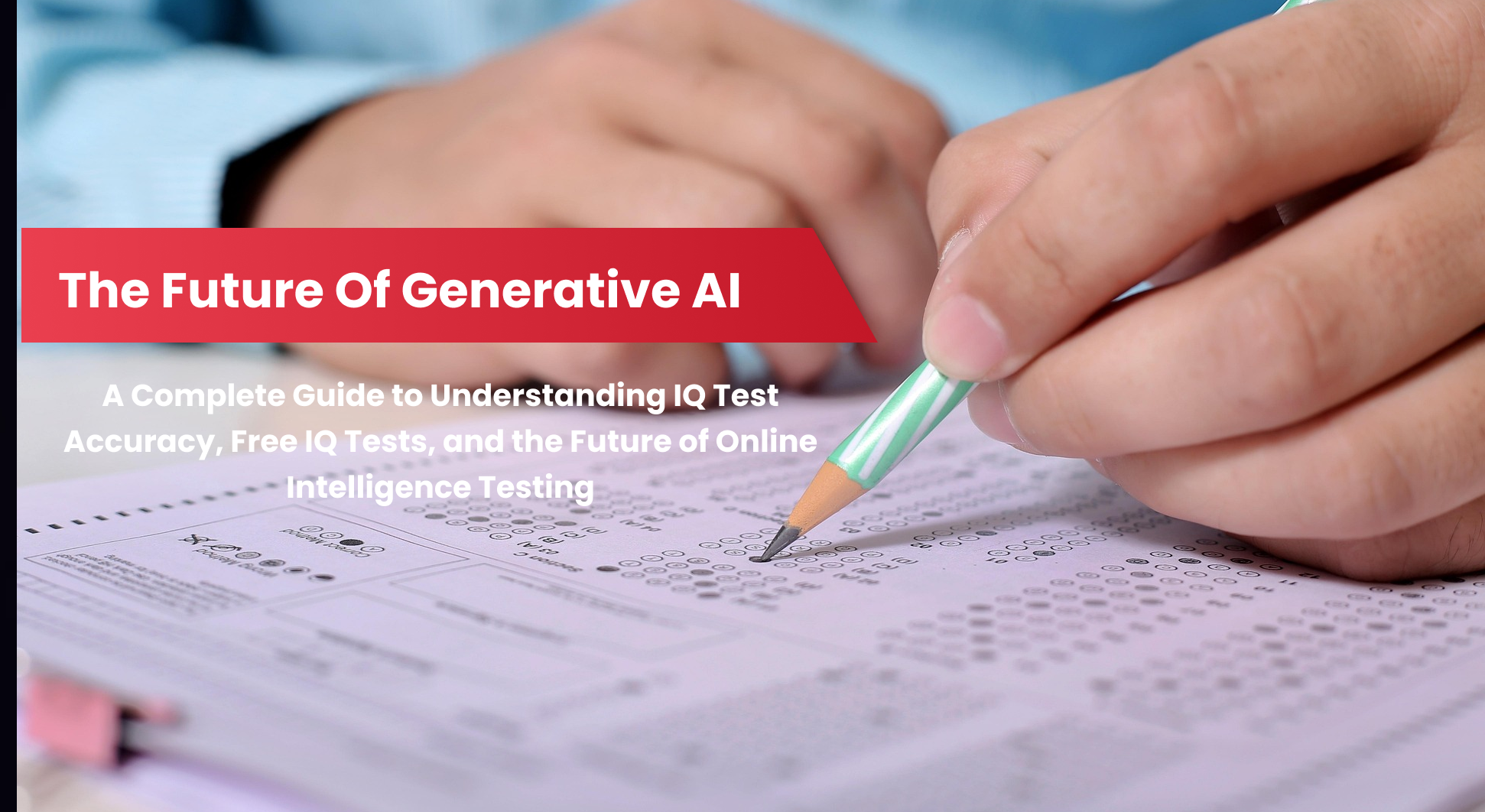In the rapidly evolving world of data, businesses and individuals alike are turning to tools that simplify complex data analysis and visualization.
Power BI stands out as a leading business intelligence platform among these tools. But what is Power BI used for, and how does it empower users to make data-driven decisions?
This article dives deep into what is power BI used for and its applications and benefits, answering essential questions like “What does Power BI do?” and “What is Power BI stand for?” while highlighting its practical uses across various industries.
What is Power BI Used For? (Brief Overview)
- Understand what Power BI is and what it stands for (Power Business Intelligence).
- Explore the primary purpose of Power BI and how it transforms raw data into actionable insights.
- Learn about the core functionalities of Power BI, such as data integration, visualization, and AI-powered insights.
- Discover who uses Power BI, including business analysts, executives, IT professionals, and educators.
- Gain insights into Power BI applications across industries like retail, healthcare, finance, manufacturing, and education.
- Understand the benefits of using Power BI, including ease of use, cost-effectiveness, scalability, and security.
- Learn how Power BI empowers real-time analytics and drives innovation for future-ready organizations.
What Does Power BI Stand For?

Power BI, short for Power Business Intelligence, is a suite of software services, apps, and connectors developed by Microsoft. Its purpose is to transform raw data into coherent, visually immersive, and interactive insights. The platform integrates seamlessly with numerous data sources, enabling users to collect, model, and share data efficiently. But the real magic of Power BI lies in its versatility and ability to provide actionable insights at a glance.
If you want to know more about this tool, read our article “Power BI Tutorial for Beginners: A Step-by-Step Guide to Data Visualization and Analysis” on the Fast Learner blog.
The Purpose of Power BI: Why It Matters

The primary purpose of Power BI is to enable organizations and individuals to harness the power of their data. By providing robust tools for data visualization, reporting, and analysis, Power BI ensures that users can:
- Understand Trends: Identify patterns and trends in large datasets.
- Make Informed Decisions: Use real-time data to drive strategic decisions.
- Enhance Collaboration: Share reports and dashboards with stakeholders across the organization.
- Improve Efficiency: Automate repetitive reporting tasks, saving time and resources.
In essence, Power BI is used for turning data into a strategic asset, empowering users to remain competitive in today’s data-driven world.
According to Statista, the Business Intelligence Software market is anticipated to generate a revenue of $27.79 billion globally in 2024.
With an estimated compound annual growth rate (CAGR) of 5.52% from 2024 to 2029, the market is projected to expand, reaching a total value of $36.35 billion by 2029.
What Does Power BI Do?

Power BI offers a wide array of features that cater to the diverse needs of its users. Here are some of the core functionalities that define what Power BI does:
- Data Integration: Power BI can connect to various data sources, including Excel, databases, cloud services, and APIs. This flexibility allows users to work with all their data in one place.
- Data Transformation: Using Power Query, users can clean, shape, and transform raw data into usable formats.
- Interactive Dashboards: Create visually stunning dashboards that offer a comprehensive view of key metrics, updated in real-time.
- AI-Powered Insights: Leverage artificial intelligence capabilities to uncover hidden insights and predictive analytics.
- Mobile Accessibility: Access and share reports on the go with Power BI’s mobile app.
- Collaboration: Use Power BI Service to share and collaborate on reports and dashboards with team members.
Who Uses Power BI?

Power BI is widely used across industries, catering to professionals and organizations of all sizes. Here are some key user groups:
- Business Analysts: To analyze and visualize data for reporting and decision-making.
- Executives: To monitor key performance indicators (KPIs) and strategic goals.
- IT Professionals: To manage data sources and ensure seamless integration.
- Marketers: To track campaign performance and customer behavior.
- Educators: To visualize student performance and academic trends.
From startups to multinational corporations, Power BI is used for simplifying data analytics and enhancing productivity.
Power BI Uses Across Industries

Power BI has become a staple in various sectors, each utilizing its capabilities to address unique challenges:
- Retail:
- Track inventory levels and sales performance.
- Understand customer preferences and buying behaviors.
- Healthcare:
- Monitor patient outcomes and operational efficiency.
- Analyze trends in disease management and resource allocation.
- Finance:
- Generate real-time financial reports.
- Detect anomalies in transactions and ensure compliance.
- Manufacturing:
- Optimize supply chain operations.
- Monitor production processes and quality control.
- Education:
- Track student performance metrics.
- Optimize resource allocation and curriculum planning.
The Benefits of Using Power BI

Power BI offers numerous advantages that make it an indispensable tool for data analysis:
- Ease of Use: Designed with a user-friendly interface that requires minimal technical expertise.
- Cost-Effective: Available at competitive pricing, with a free version for individuals and affordable plans for businesses.
- Scalability: Suitable for both small businesses and large enterprises.
- Integration: Seamlessly integrates with Microsoft 365, Azure, and other tools.
- Security: Ensures data protection through advanced encryption and role-based access controls.
If you want to learn this tool and use it for your benefit, subscribe to Fast Learner, an AI-powered learning platform for all easy learners eager to enhance their skills effectively.
Conclusion - What is Power BI Used For?
In today’s fast-paced world, Power BI is used for much more than traditional reporting. Its real-time analytics and predictive capabilities position it as a crucial tool for future-ready organizations.
As businesses continue to rely on data to drive innovation, Power BI’s role in facilitating smarter decisions will only grow.
Whether you’re a seasoned data analyst or a business leader looking for intuitive insights, Power BI’s diverse applications make it an invaluable asset.
So, what is Power BI used for and what are its applications and benefits? The answer is simple: everything from simplifying data to shaping the future of business intelligence.
FAQs About What is Power BI Used For
What is Power BI and what is it used for?
Power BI, short for Power Business Intelligence, is a Microsoft-developed tool used for data visualization and analysis. It helps businesses transform raw data into interactive dashboards and reports, providing insights that support informed decision-making.
What is the purpose of the Power BI app?
The Power BI app allows users to access reports and dashboards on mobile devices, enabling real-time insights and collaboration. Its primary purpose is to ensure data accessibility and visualization on the go, supporting business intelligence anywhere.
What is the comprehensive working system of Power BI?
Power BI works by connecting to various data sources, transforming raw data using Power Query, and creating interactive visualizations through its intuitive interface. Users can share these insights via the Power BI Service, fostering collaboration across teams.
What are the benefits of Power BI?
Power BI offers numerous benefits, including ease of use, cost-effectiveness, scalability, robust integration with other Microsoft tools, and advanced security features. It simplifies data analysis, enhances collaboration, and supports data-driven decisions for businesses of all sizes.



